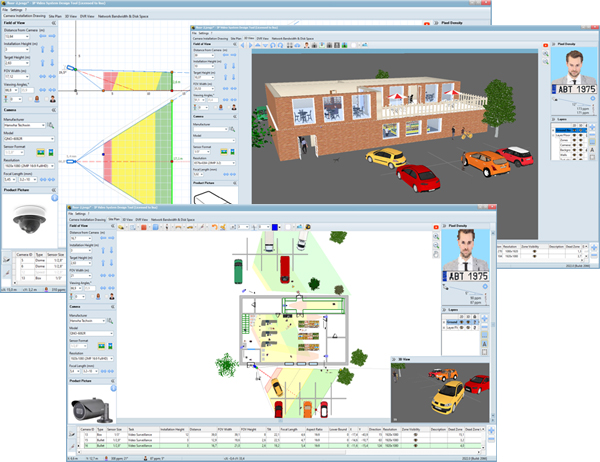Constant recording or motion detection?
Do you want to see everything the cameras see throughout the day and night or would you prefer them to be set on motion detection so they record only what moves past them. Motion detection allows for greatly increased recording capacity on the DVR.
For example if the your front door camera was set
up correctly with the motion detection setting, you would only see who
had come to your front door throughout the day with out having to
manually wind the DVR forward.
How do I backup my Footage?
The recordings can just tape over the old footage after 30 days or so
or you may want to back them up to CD, network PC or USB. These
choices will all affect the budget for your home security CCTV system.
How do I choose the correct camera for my application?
This in general is a comparatively
difficult decision. Many aspects of the installation must be taken
into consideration in order to obtain the correct performance that
meets your requirements.
A high resolution camera should be
considered where greater detail of scene is required. E.g. Colour 460
TVL, Monochrome 570 TVL. Choosing a more sensitive camera will improve
reproduction in poorly lit areas. The sensitivity of a camera is
indicated by the minimum amount of light in order for the camera to
produce a usable picture. e.g. Colour 1.0 Lux at F1.2.
A conventional camera produces a pale
backdrop when an object is shot against a bright background. BLC (Back
Light Compensation) will counter strong light sources retaining
picture quality.
Concentrated light sources directed
towards the camera (e.g. car head lamps) can be inverted by an
optional peak white inverter or an eclipser function. This has the
effect of bringing detail to areas and making an object clear, that
would otherwise be shadowed.



